Pecan anthracnose in the Southeast
In 2011, those of us in the Southeast got to experience what it was like to grow pecans in the desert. Fortunately, we’ve seen more rainfall in the Southeast during 2012 than we saw last year. After all, it wouldn’t take much. While we have been thrilled with each rain we received, rainfall and pecan…
Read More2012: the year the minors went major
As I write this article, we are at the beginning of another pecan harvest season. ‘Pawnee’, ‘Candy’ and ‘Kanza’ have all initiated shucksplit before Sept. 1, 2012. Therefore much of a grower’s time over the next few weeks will be devoted to getting equipment ready to go out into the orchard. However, try to find…
Read MoreMaternal nut consumption may be beneficial for childhood allergies
Children are around a third less likely to suffer from allergies if their mothers eat nuts during pregnancy, according to new research from Denmark. Maternal consumption of nuts more than once a week was associated with a lower incidence of allergy-related illnesses in children, finds the Danish cohort study. The study – published in the…
Read MoreVarieties worth considering (Part II)
In my last column, I wrote about two varieties, ‘Desirable’ and ‘Kiowa’, that I consider two of my favorite selections for the main variety in a new orchard in the East. To these I add a third, ‘Creek’, released by the USDA in 1996. In my experience, this tree is very precocious, does well in…
Read MorePecan Trees: Coping With the Drought
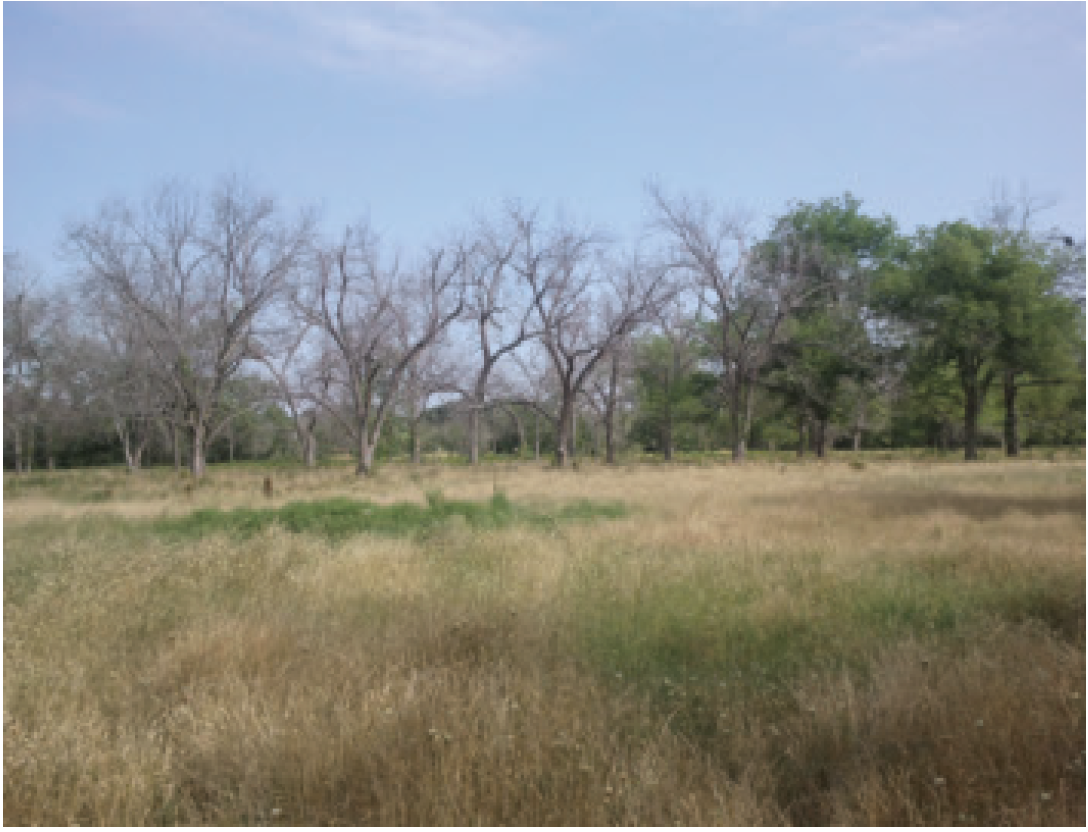
During 2011 Oklahoma and Texas endured a severe drought resulting in major agricultural losses. The losses from the continued drought conditions of 2012 could be as equally significant if adequate rainfall does not occur. Drought conditions cause extreme stress on pecan trees. Water is critical for tree survival and nut production and is involved in…
Read MorePecan Monster Stress
The river region of Texas from San Antonio to Texarkana has a monster crop. Improved and native trees are loaded. Limb breakage is a major problem. All loaded trees are in stress. We are dry and the trees are loaded – we have a problem. Some growers shook back in July and that helped a…
Read MoreMajor changes in how to fertilize pecan trees
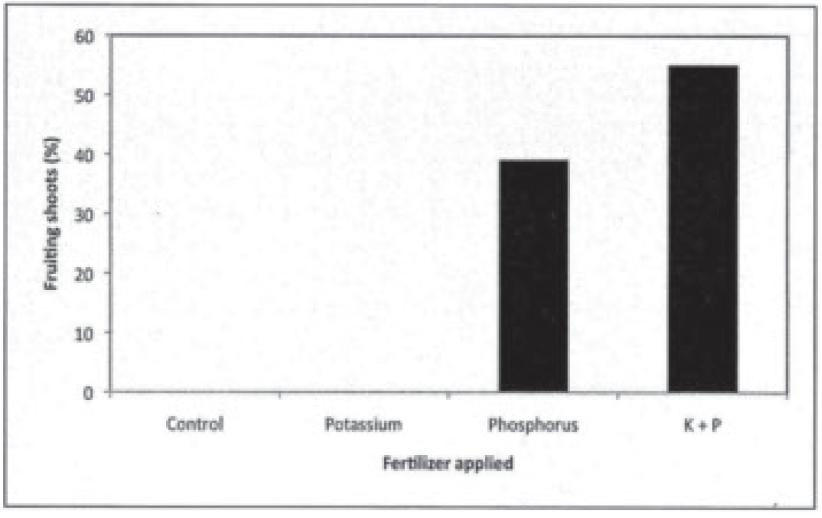
Significant advances have been made recently that we believe should result in major changes in how pecan trees are fertilized, at least from Oklahoma east. Consider: • After many years of unsuccessful attempts to increase phosphorus (P) levels in pecan trees from broadcast soil applications, research has shown the ability to significantly increase this important…
Read MoreWest Nile Virus a Threat to Ag Producers
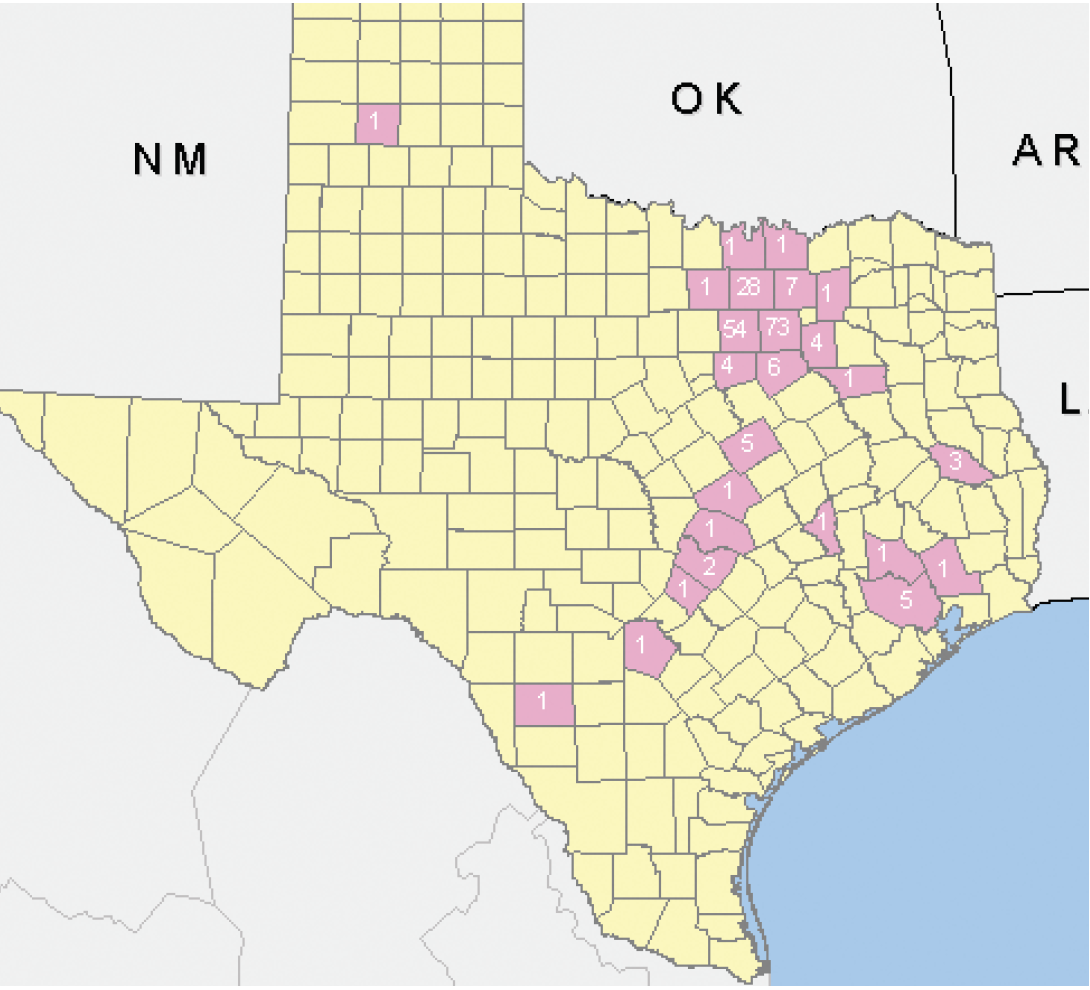
Agricultural producers are outside a lot and with the high number of West Nile virus cases in Texas this year, especially the Dallas area, I am using some information that was put together by our Texas AgriLife Extension Entomologist, Dr. Sonja Swiger on some West Nile facts for this month’s column. West Nile is serious…
Read MoreKernel Necrosis of ‘Pawnee’ Pecan
Kernel necrosis is a malady characterized by necrotic tissue at the basal end (stem end) of the kernel (Fig. 1) (Smith et al., 2007). It was first reported in an orchard near Charlie, Texas, and has since been identified in several orchards with ‘Pawnee’ trees located in the Red River Basin located along the Oklahoma…
Read MoreConsumer trends — ‘Nouveau Snacking’ on the rise
Consumers are snacking much more frequently. According to Technomic Inc.’s 2012 Snacking Occasion Consumer Trend Report, about half (48 percent) of the population snacks at least twice a day, double the 2010 level of 25 percent. Seven in 10 snacks are eaten in the home, reports Technomic. Fresh fruit, crackers/cookies, cereal, potato chips/pretzels, ice cream, and…
Read MoreTexas pecans: shake and make
We just completed shaking off 400 pounds per acre of green, waterstage ‘Pawnee’ pecans in the A&M Storey block. The trees were overloaded with clusters of 3 to 5 nuts on 10 of 10 shoots. Our crop was good last year, but not great enough to shake. This was the “on” year and the trees…
Read MoreWeevils in their native environment

Weevil is the number one pest native pecan growers must learn to manage. Every time I think I’ve discovered the magic formula for completely stopping pecan weevil damage, nature throws me a curveball and I end up pulling weevil-damaged nuts off the cleaning table. It seems that managing pecan weevil in a native pecan grove may be…
Read MoreOne Percent Kernel
The months of August and September are very important for pecan crop development. Shell hardening signals the end of the nut-sizing period, and the commencement of kernel filling. The date of shell hardening varies by variety and location. The early-maturing variety ‘Pawnee’, was at full shell hardening by the middle of July this year at Bastrop,…
Read MorePart 1: Varieties Worth Considering
For some time I have been considering what varieties to plant in some new orchards we are establishing. I have read and studied many of the new releases and, while interesting to me in some cases, long-term field data is missing on these. True performance can only be assessed after the variety is in a…
Read MoreVarieties Worth Considering—Part 1
For some time I have been considering what varieties to plant in some new orchards we are establishing. I have read and studied many of the new releases, and while interesting to me in some cases, long-term field data is missing on these cultivars. True performance can only be assessed after the variety is in…
Read MoreSpring Came Early—Don’t Get Caught Unprepared!
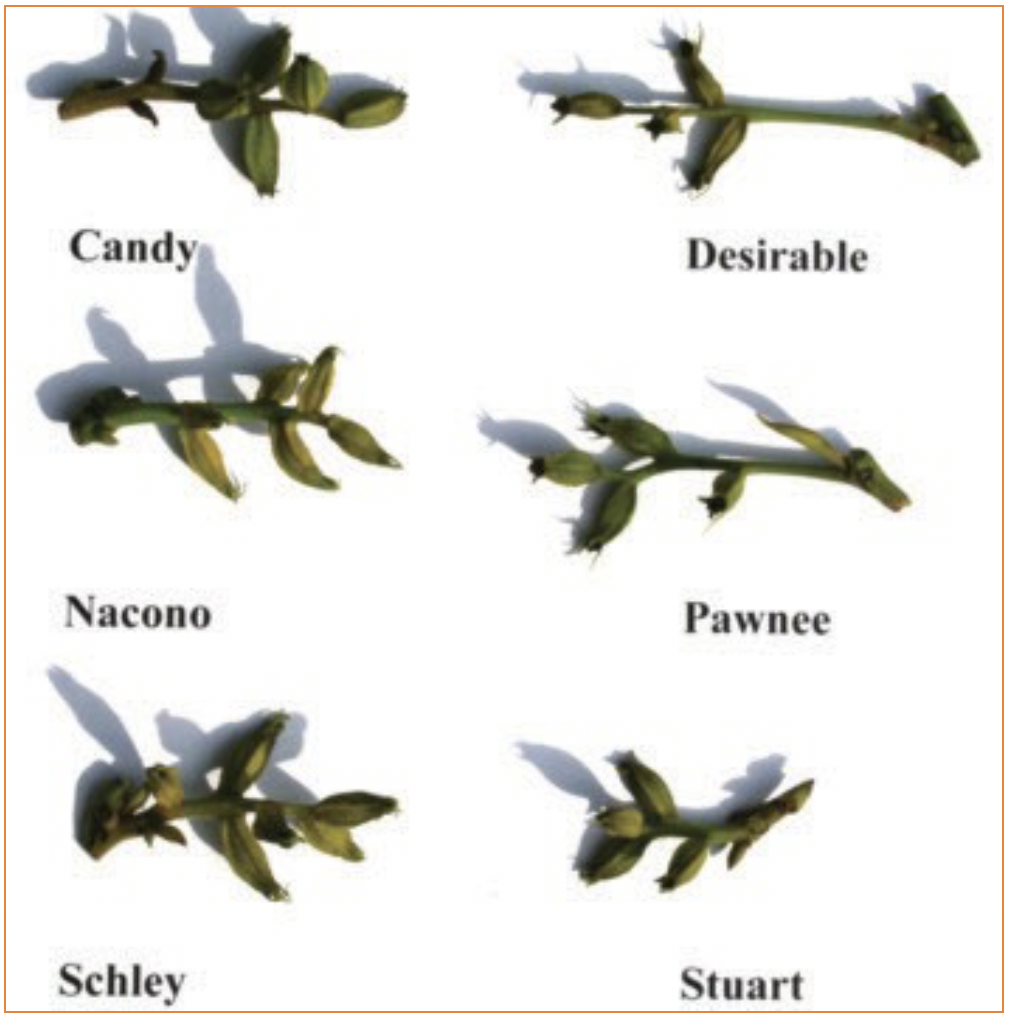
From an astronomical point of view, spring made its earliest arrival in the U.S. since 1896. The vernal equinox (the first day of spring) arrived at 1:14 EDT on Tuesday, March 20, 2012. And just in case you didn’t notice, spring temperatures arrived earlier than that, as some parts of the country experienced spring-like, even…
Read MoreCustom Scouting: valuable resource for pecan growers
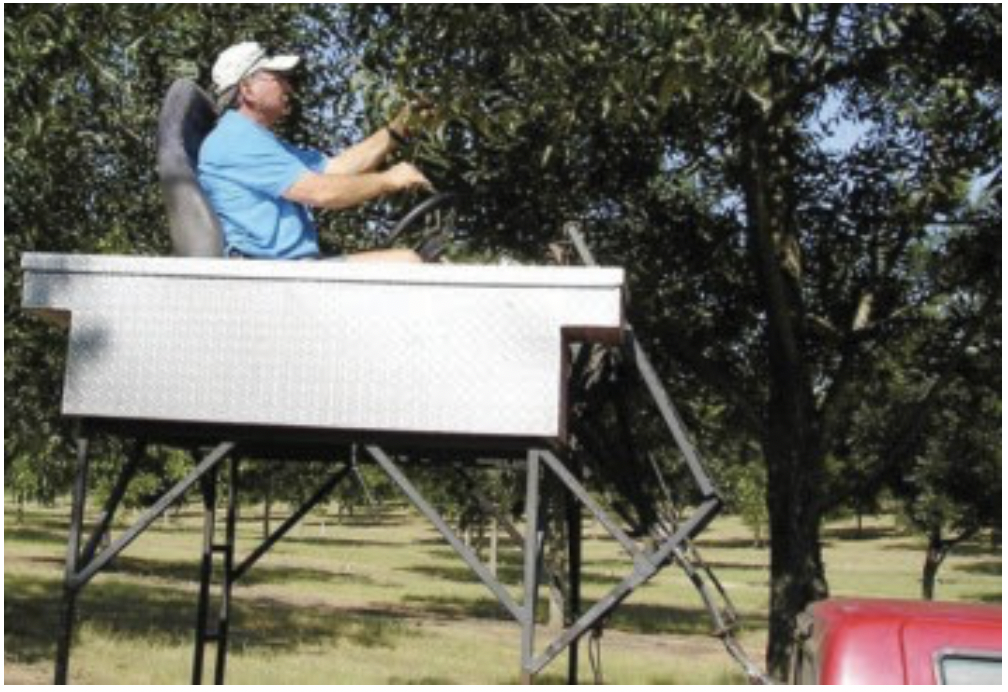
As long as I’ve been in the pecan business, entomologists have been recommending that growers scout their orchards. Usually, it’s something like monitor every fourth tree in every fourth row weekly. Keep track of various pests as they appear throughout the growing season from April until October. Learn the insects, learn the thresholds, learn the…
Read MoreThe “Other” Micronutrients
It is well known that most pecan orchards, especially out here in the West, require zinc fertilizers for normal leaf expansion, shoot growth, and nut production. And in the past five years or so, most pecan growers have become proficient at spotting the telltale signs of nickel deficiency. But very rarely do they discuss other…
Read MoreDead, stressed trees producing abundance of wood-infesting insects
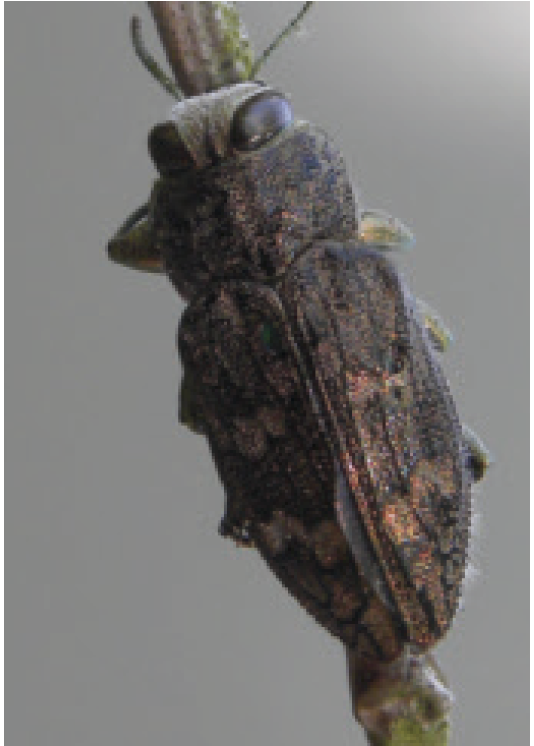
As I have driven around Texas this spring, the effects of last year’s drought are all too apparent with countless dead trees dotting the Texas landscape. Unfortunately, this also includes countless dead and struggling pecans. With this abundance of dead wood and timber, I am seeing an abundance of Buprestid beetles on trees this spring….
Read MoreGreat Crop Plans and Mike Luke
The 2012 crop continues to look great in Texas. We have had sufficient winter chilling, and spring rains have been perfect, exceeding the entire 2011 season. The pecan nut casebearer emergence exploded earlier than normal and with record male moth trap catches; then the females crashed with few or no eggs and few or no…
Read MoreLooking at the 2012 Crop
I have just returned from a few days in the central valley of California, the heart of tree nut production in North America and perhaps the world. When you have driven for hour upon hour past field after field of citrus, walnuts, almonds, pistachios, grapes, alfalfa, fruit trees, olives, and every vegetable imaginable, you realize…
Read MoreOnline Pesticide Information—Important Resource for Producers
The idea for this month’s column came to me earlier this month as I was speaking at a producer field day about some changes in pesticide label information and the seemingly surge in recent years in the number of (new) insecticides labeled for pecan. I think that one of the most useful pieces of information,…
Read MoreLies, Damn Lies, and Statistics: Government Reporting Errors Impact Pecan Industry
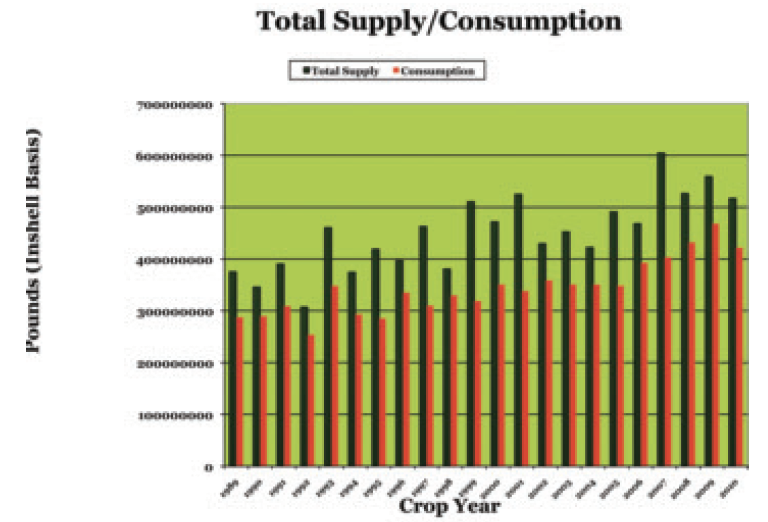
Mark Twain once said that there are 3 kinds of lies: “There are lies, damn lies, and statistics.” Used by many but understood by few, no one can stay in business very long, or expect to be very successful, without good statistics. They are critical to every segment of the pecan industry. Yet for years,…
Read MoreLest we forget pecan scab control
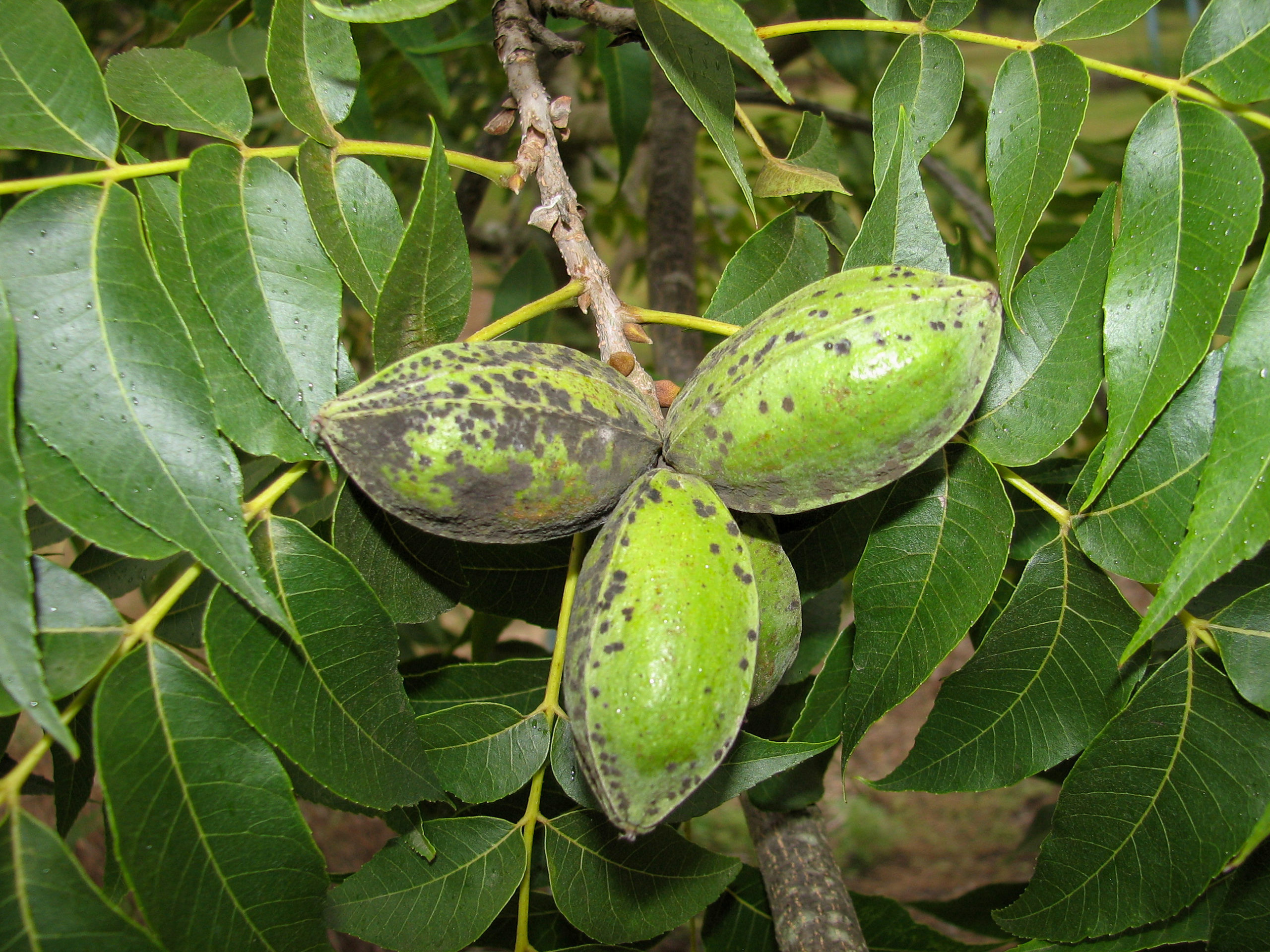
Controlling pecan scab was not difficult for many growers in 2011. The much-publicized drought caused a total absence of scab in the entire state of Texas, and many portions of the humid southeastern pecan growing region had much less pressure than normal. No pecan grower would ever wish for an abundance of scab in their…
Read More